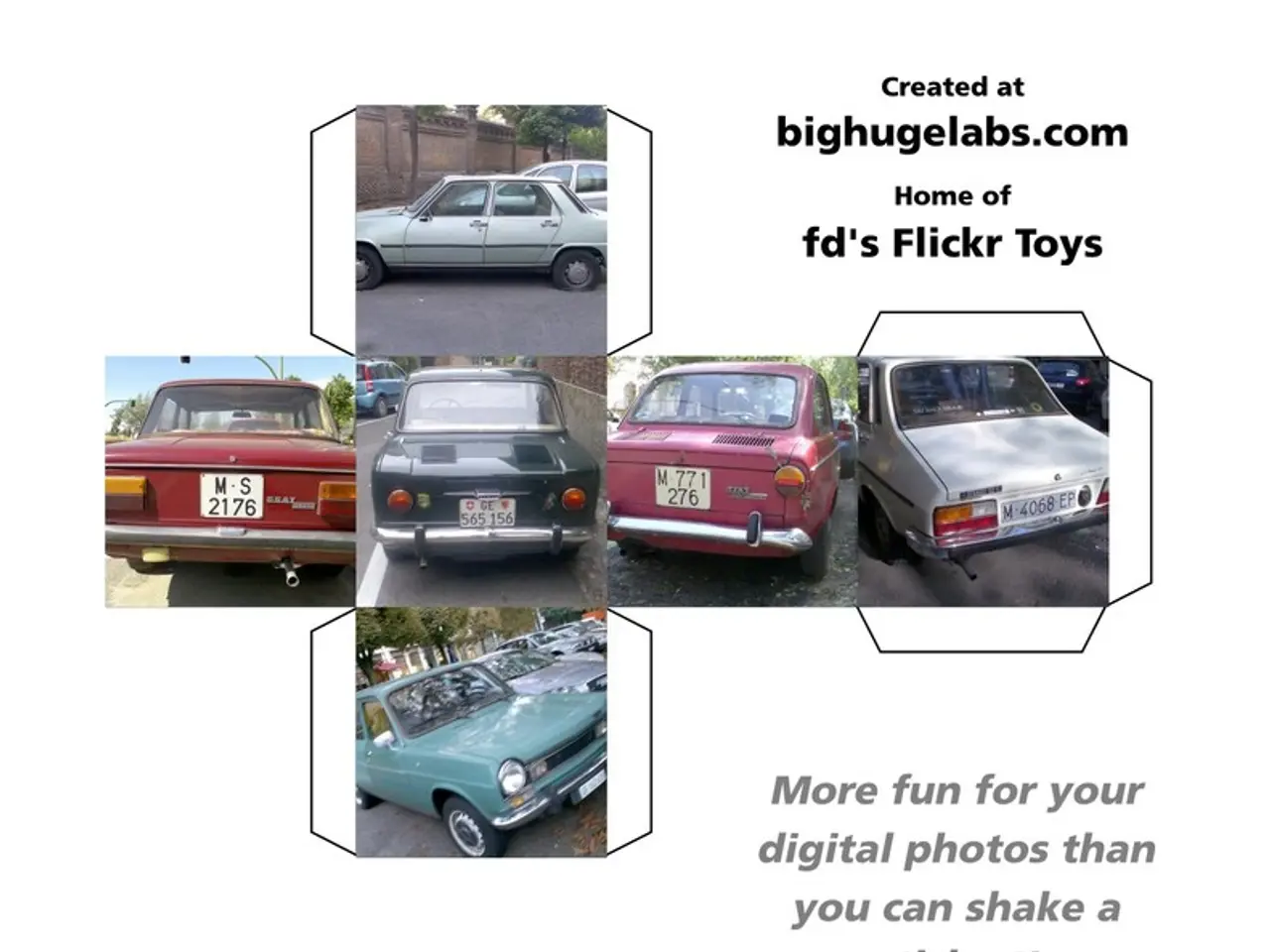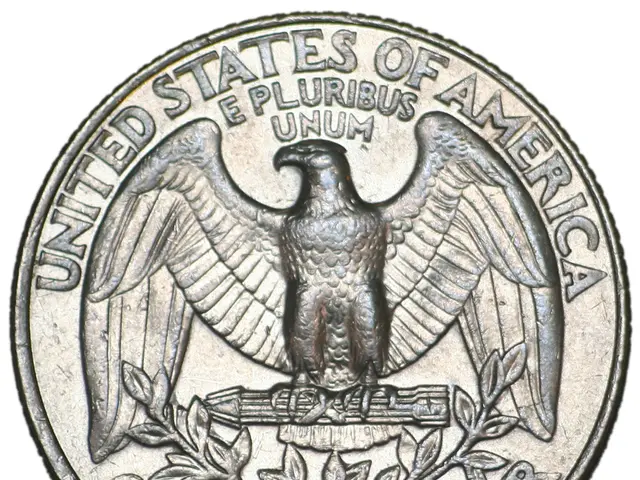Car sales in July 2025 exhibit a year-on-year increase, highlighting a surge in sales of Plug-in Hybrid Electric Vehicles (PHEVs)
In the dynamic world of the Australian automotive industry, plug-in hybrid electric vehicles (PHEVs) are experiencing a significant surge in popularity [1][5]. With a remarkable 183% increase in sales year-to-date, these vehicles are becoming an essential transitional technology, particularly for regional buyers or those with limited charging access.
Despite the wide range of battery electric vehicles (BEVs) available, sales have plateaued, accounting for less than 8% of new vehicle sales this year [1]. However, there is a noticeable shift in the used car segment, with BEV sales showing a 92% year-on-year increase [2].
The preference for SUVs continues to dominate new vehicle sales, displaying consistent growth and consumer preference over sedans. In the first month of 2025, SUV sales increased by 5.9% year-on-year, while passenger car sales fell 22.2% [3]. Utes (utility vehicles) also remain popular, consistently ranking high in sales [1][5]. The trend suggests that sedans are losing market share as Australian buyers gravitate towards the versatility and practicality of SUVs and utes.
Here's a quick summary of the trends observed in the Australian car market in 2025:
| Vehicle Type | Trend in 2025 | |--------------------------------|-------------------------------------------| | Plug-in Hybrid Electric Vehicles (PHEVs) | Rapid growth, +183% year to date, wide model availability, important for regions with limited charging[1][5] | | Battery Electric Vehicles (EVs / BEVs) | Sales stalled under 8% market share despite model variety; used BEV sales grew 92% year-on-year[1][2][4] | | SUVs | Continued dominance and growth; consumer preference over sedans[1][3][5] | | Sedans (Passenger Cars) | Declining sales, 22.2% drop in early 2025 vs 2024, losing market share to SUVs[3] |
The robust numbers in the new car market can be attributed to renewed consumer confidence and the recent interest rate reduction, with anticipation of further easing [6]. Most states and territories posted year-on-year sales increases, with the Northern Territory leading gains at +10.6% [7]. In July 2025, Australia's new car market posted its strongest monthly result on record, with a total of 103,097 vehicles delivered [8]. Consumers are showing interest across most segments, particularly in utes and SUVs.
PHEVs are proving to be an appealing middle ground for drivers who want a taste of electric power without fully giving up the traditional internal combustion engine. With more than 50 PHEV models now available locally, this technology is becoming increasingly accessible to Australian drivers [1][5].
In the market leader's race, Toyota held onto its position with 21,722 sales [9]. Mazda, Kia, Ford, and Hyundai followed Toyota in sales, with Mazda having 7,452 sales, Kia 7,402, Ford 7,279, and Hyundai 6,687 [10].
In a surprising twist, the Toyota Corolla was the only sedan to make the top 20 list in July [11]. As the trend continues, it will be interesting to see how the Australian car market evolves, with the electrification transition in full swing and consumer preferences shifting towards SUVs and utes.
- The emergence of electric vehicles, particularly plug-in hybrid electric vehicles (PHEVs), in the Australian automotive industry is not only noticeable but also marked by a significant 183% increase in sales this year, making them an increasingly popular transitional technology, especially for those with limited charging access.
- According to recent data, the finance sector is experiencing a shift as consumers are showing increased interest in electric vehicles, with PHEVs becoming more accessible to Australian drivers with over 50 models now available locally.
- As the trend of consumer preferences towards SUVs and utes continues to dominate new vehicle sales, the sports industry may face changes as traditional sports cars might see a decline in popularity due to the practicality and versatility offered by SUVs.




